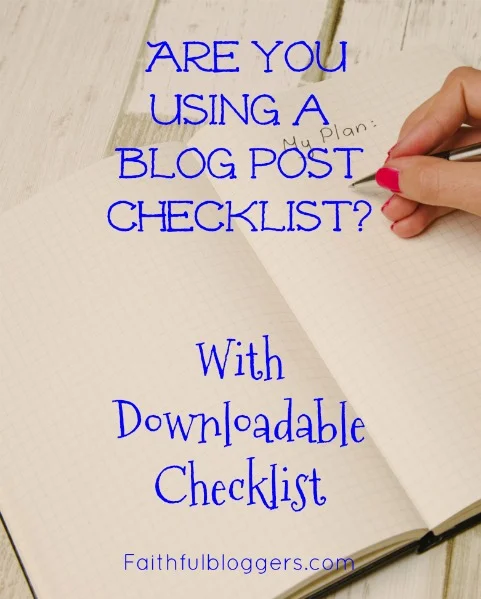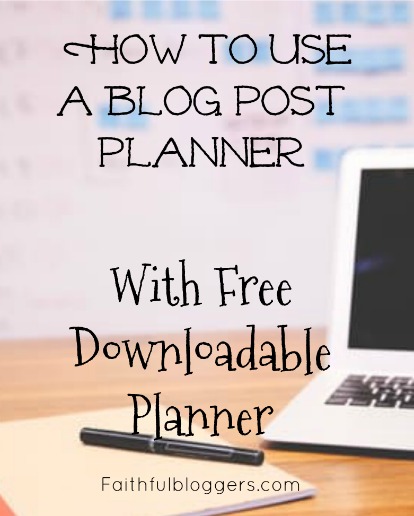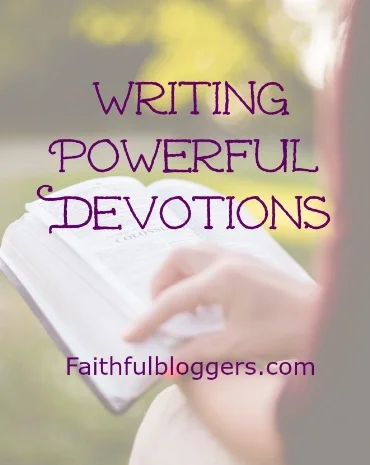Overcoming Obstacles in Life and Business
/Recently two of my kids and I went on a road trip to The Paper House in Pigeon Cove, Massachusetts.
I had visited the paper house with my mom when I was a child, but I had not been back till the other day. It was nice to see it looking just as I remembered.
The Paper House was built by Mr. Elis F. Stenman with the help of his family. Work on it began in 1922. It was lived in during the summer months in the 1920’s.
My visit to the paper house got me thinking about all the obstacles he had to overcome in order to complete such a project. It also got me thinking about the obstacles which we have to overcome in life, entrepreneurship, business and blogging.
I have no idea what gave Mr. Stenman the idea or the desire to build a house made of paper but I am fairly certain he had no guide to follow.
Just like so many things in our own lives, I’m sure Mr. Stenman used the process of trial and error, along with some yankee ingenuity to figure out how to make walls of newspaper (215 layers thick). I’m sure he used trial and error and had to overcome many obstacles to figure out how to make furniture from newspaper which could actually be sat on and used and figure out which coating would stand the test of time.
The walls are made of paper
All of the furniture is made of rolled newspaper
When I entered the words “overcoming obstacles in life” into a google search this list of four points was the first result which appeared (it comes from inc.com).
- Embrace Self-Awareness
- Use Time to Your Advantage
- Commit to Focused Discipline
- Engage Your Own Creativity
While I do not disagree with these points, I believe there is more to it… much more.
Let’s look at each point from a Christian perspective.
1. Embrace Self-Awareness:
To me this phrase screams of new-age and humanism. If I were to rephrase this from a Christian perspective I would say “Embrace Who You Are in Christ”. God created us each unique and amazing. He put incredible abilities in each of us to give us the ability to overcome obstacles when the need arises. That is what we should be embracing; who we are in Him!
2. Use Time To Your Advantage:
Time is a funny thing. Time can either be a positive or a negative and it all really depends upon our heart and if we have truly given our desire over to the Lord.
Sometimes we start out to undertake a particular project. We push and push the project forward only to be met with roadblock after roadblock, obstacle after obstacle. If we are not in tune with the Lord, we have a tendency to keep pushing, often with an overwhelming, obsessive drive almost as if racing against time. We can even convince ourselves it is of the Lord when in all actuality, it is really of ourselves. Obstacles are often a sign to slow down or even to completely change course. The sad reality is that often when someone is in this situation, they can’t see it for themselves but many around them can.
On the other hand time can also be a positive and can be used to push us on to completion. For example, when we are in tune with the Lord’s plan for our lives and following his plan, a time deadline for a project is often beneficial to bring the project to completion. A deadline can be a great incentive to overcome obstacles.
Don't race time. Be willing to wait on the Lord. Be willing to put your project on the back burner for awhile. Anything pushed forward before the Lord's time will more than likely face much difficulty.
3. Commit to Focused Discipline.
If I were to rewrite this phrase I would say “Commit to Focused, Disciplined Prayer, and then Commit to Focused, Disciplined Work”….I know, it’s wordy. We could also use a phrase which is on a sign in my office which reads “Work as though it depends on you, pray as though it depends on God”.
If you are undertaking any project concentrated time of prayer will not only help you avoid some of the pitfalls but will give you clarity and help you in overcoming obstacles.
4. Engage Your Own Creativity
How about we use “Engage The Creativity God Put In You”. I think that is a good 4th point for our Christian list of ways to overcome obstacles. God has given you incredible gifts and talents which were given to you to be used for His glory. If you are walking with the Lord, are in tune with His plan for your life and your projects, then you probably have the ability within you to overcome the obstacles you will face. Tap into that creativity.
Sometimes tapping into that God given creativity means getting right in the midst of things and figuring out how to do something, maybe learning something new. Sometimes it means that God has given you the ability to tap into the talents of others around you. Either way, He has either equipped you to accomplish what He is leading you towards or He will send the people your way to bring it to pass.
The clock has newspapers from every state capital
Some questions to consider as you move forward in your entrepreneurial/blogging journey:
- What are the obstacles in your path?
- Are you ignoring any of the signs which may be meant to help you change course?
- What creativity did God put in you and how can you use it to overcome your current obstacles?
- Have Christians in your life who care about you said anything to you which can either confirm your plans or be warning signs?
What obstacles are your working on overcoming today?


















